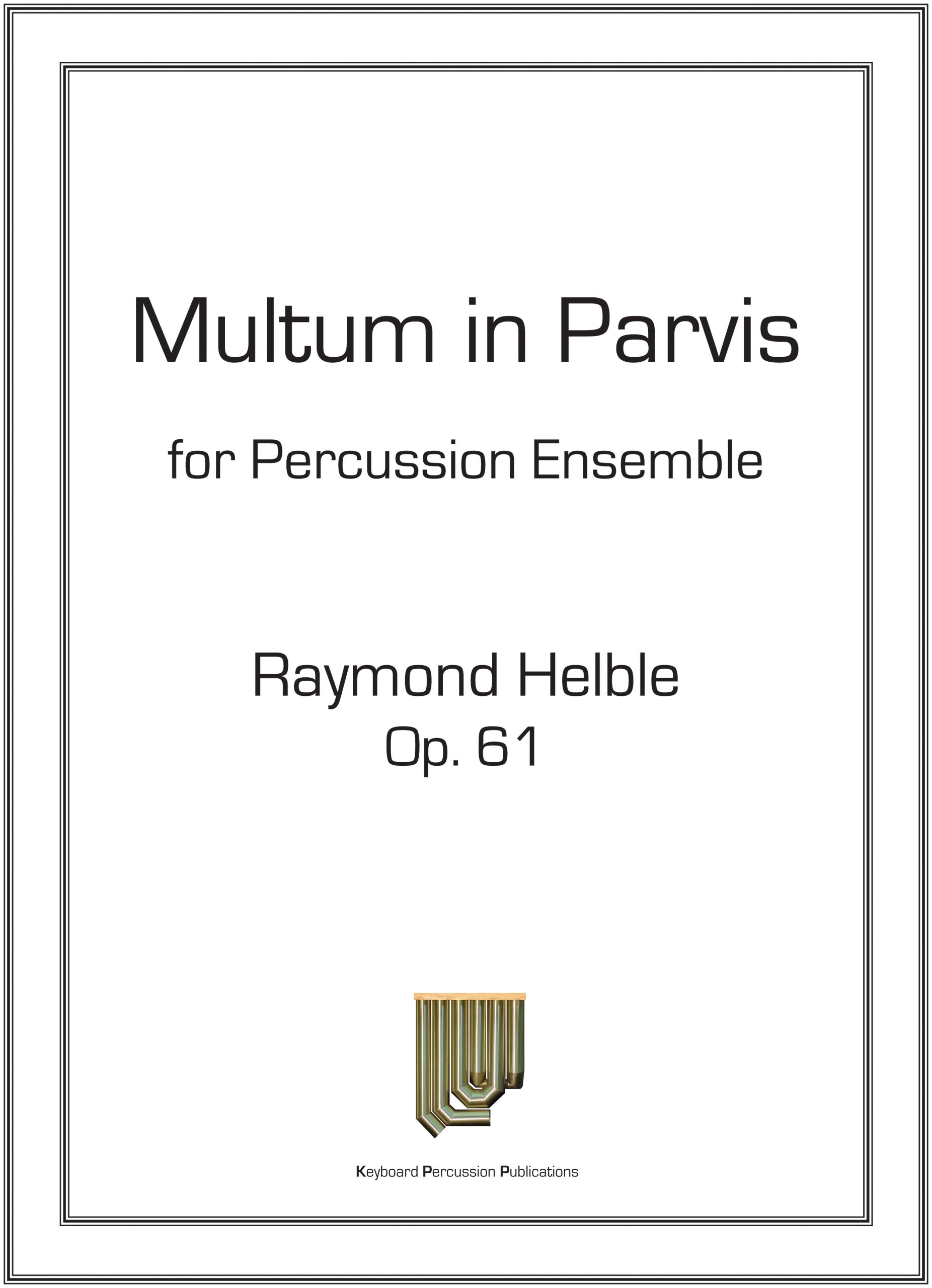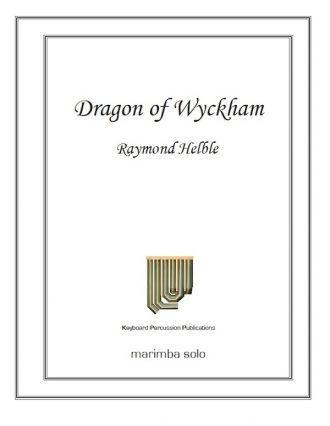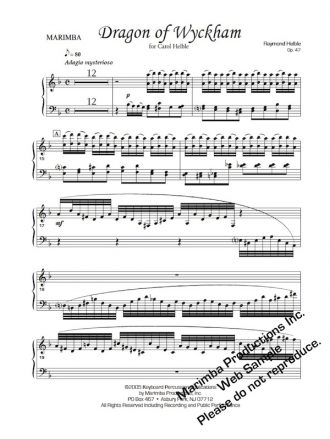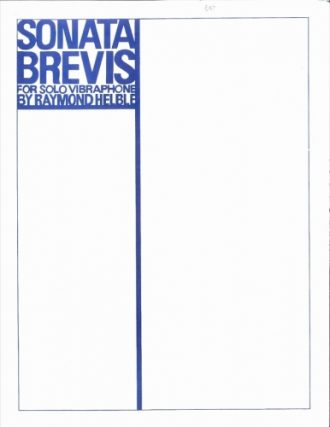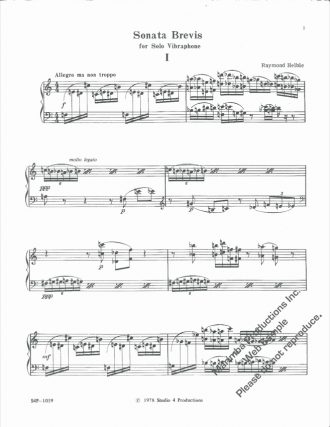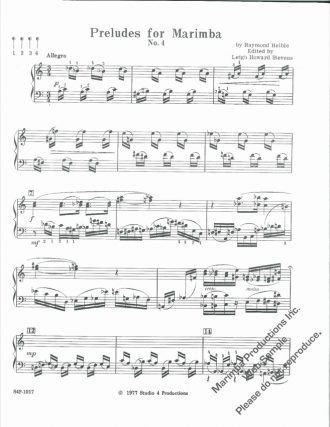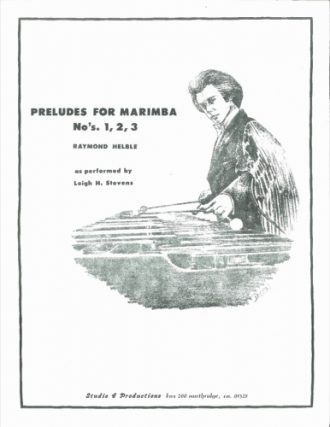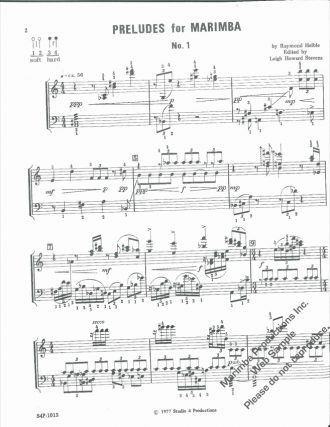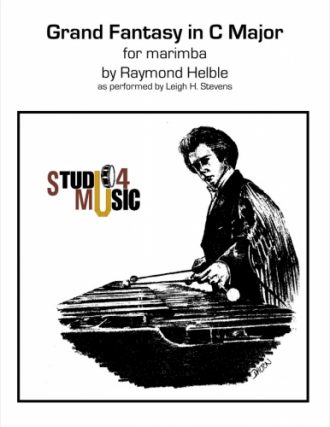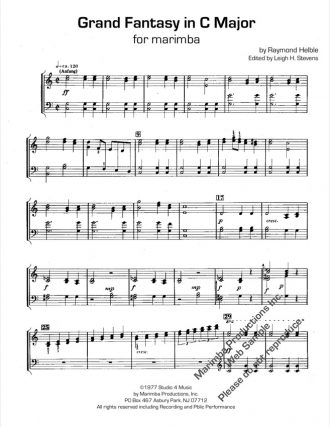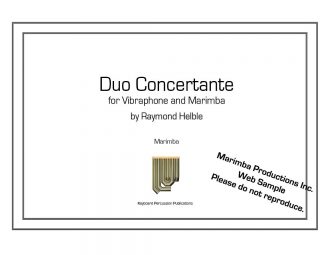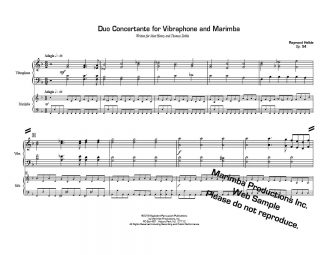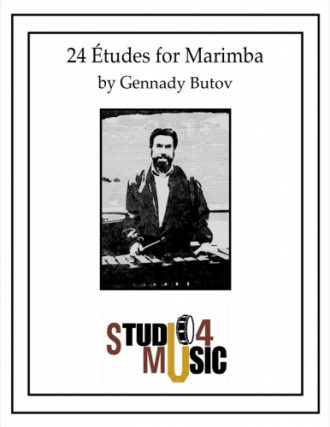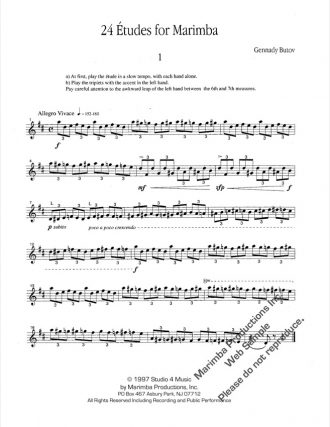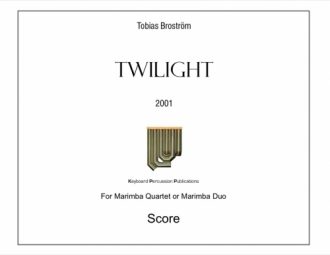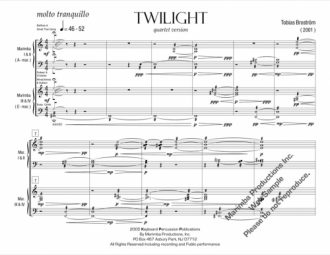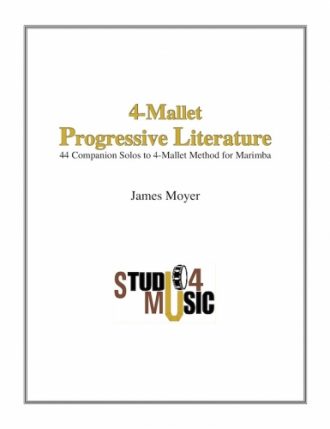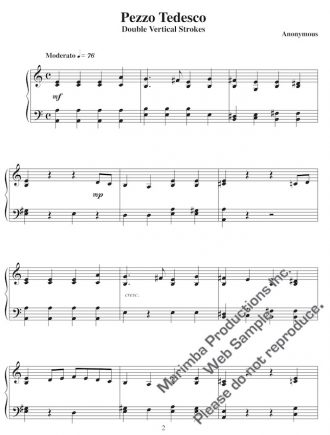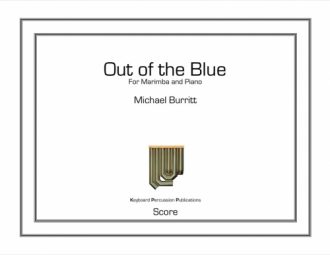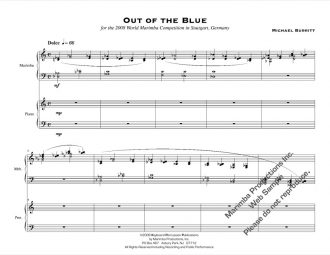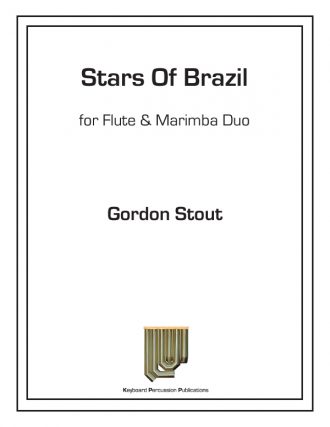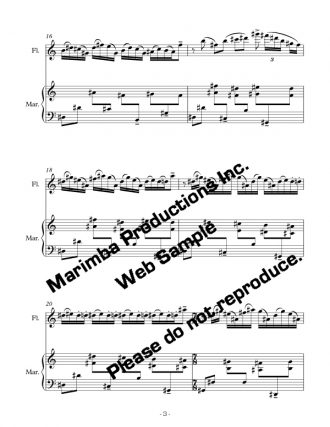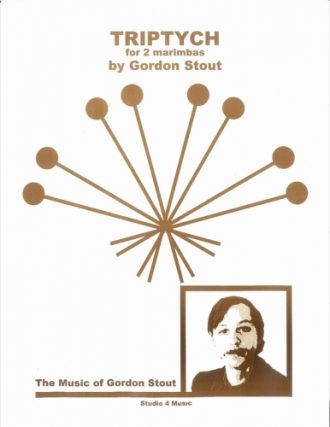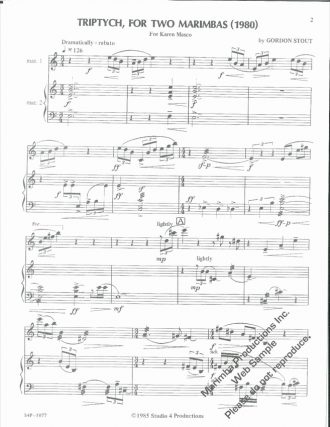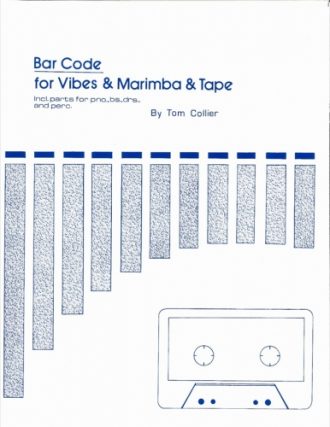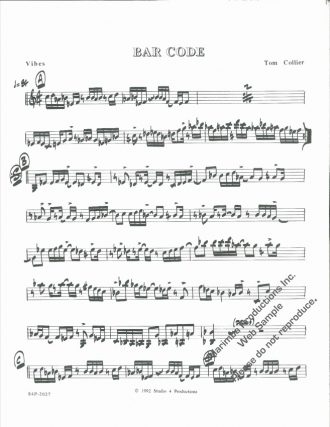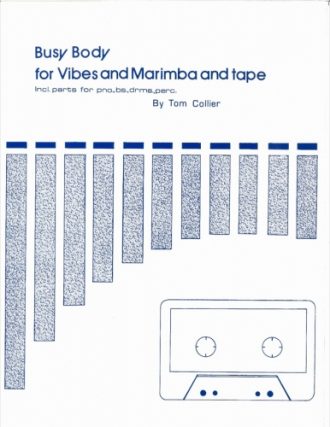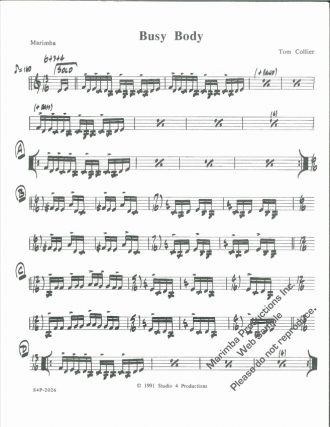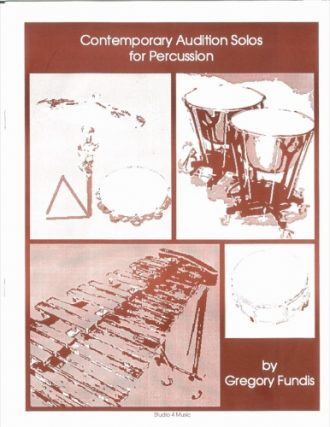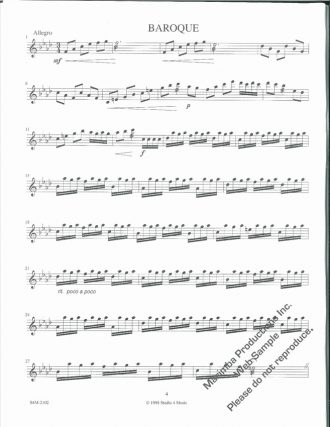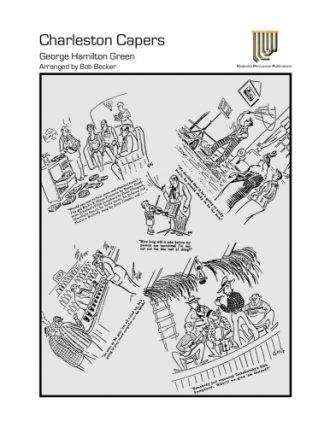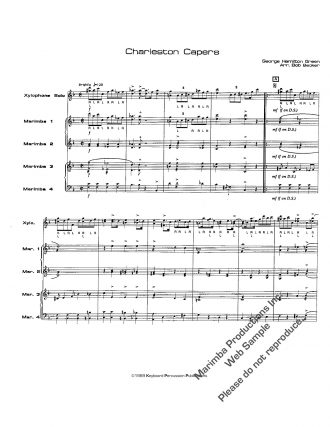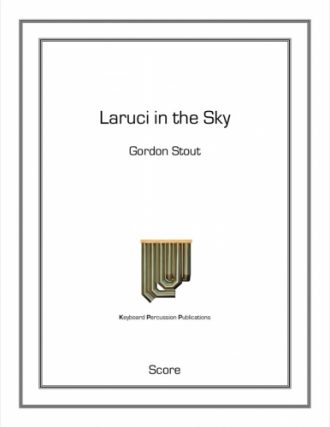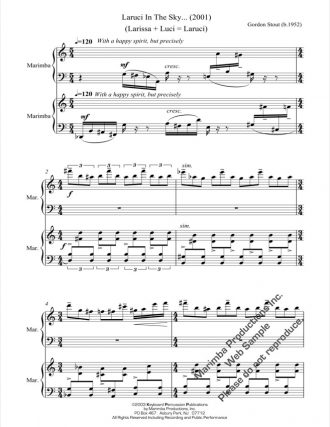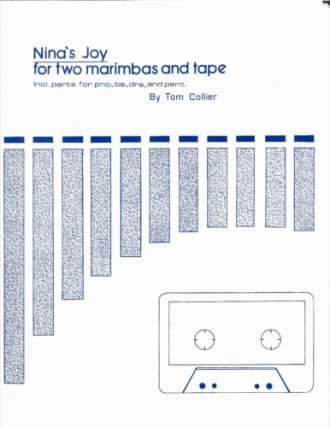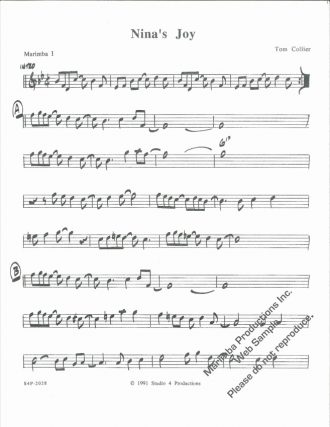Multum in Parvis differs from Helble’s other percussion orchestra works in that most of the material is introduced and developed by membranophones rather than keyboards. The title is a variation of the typically seen expression Multum in parvo (Much from a little.) Parvis is the plural, indicating that the composer knit the piece together from many small scraps of motifs. The result is a wonderful mosaic of contrapuntal drumming that can be done by a strong high school ensemble.
Commissioned by and dedicated to Michael Faris and the Ladue, Missouri, percussion program, this piece takes its title from the Latin phrase multum in parvis (“much from a little”), which insightfully provides the performers the impetus of composer Raymond Helble’s compositional process (composing a large mosaic work from small musical motifs). Also notable is the fact that of the 14 performers for this ensemble, five are performing membranophones (timpani, two sets of tom-toms, bongos and timbales, and snare drum) while the remaining nine performers are assigned keyboard percussion instruments (including crotales, chimes, vibraphone,marimbas and bass marimba or MalletKat).
As with all of Helble’s compositions, both the motivic craftsmanship and his creative rhythmic counterpoint weave his structural clarity and provide accessible tonal unity (composed in C minor). Also interesting is the fact that Helble starts this composition with the membraned percussion presenting his opening rhythmic motives and the keyboard percussion providing the sophisticated harmonic and melodic content.
This length (262 measures) single-movement composition will certainly test the mature percussion ensemble. Every part is challenging in its own unique fashion (appropriate mallets will provide the tom-tom players with a melodic timpani sound). Obviously, ensmeble balance and blend are integral keys to provide this outstanding composition with a worthy performance. Although this piece might be performed by a few outstanding high school ensembles, it is more appropriately suited for the mature college or university percussion ensemble.
— Jim Lambert, Percussive Notes — July 2017

